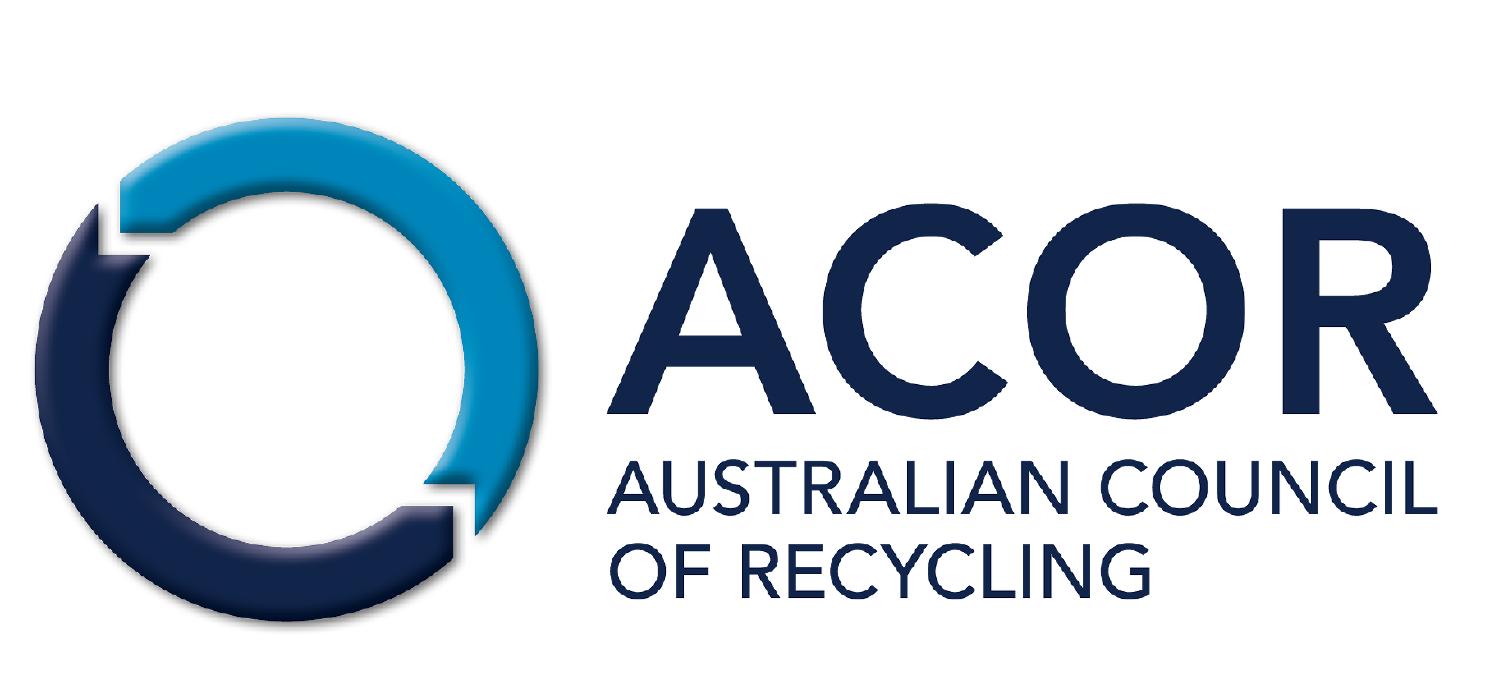ISF has launched an “Action agenda for a circular economy"
New collaborations between business, government and universities are needed to secure the significant opportunities for Australia in the transformation toward resource productivity in a circular economy. Click here to download.
This action agenda aims to bring focus to the importance of resource productivity and innovation as themes of national significance.
The agenda identifies new frontiers of innovation in a circular economy by seeking connection between stakeholders and sectors whose current interactions are limited. For example, by collaboration between researchers and industry in the mining, manufacturing and waste sectors. These are traditionally thought to be discrete parts in a linear supply chain, yet each are design nodes for creating value in a circular economy.
Our future is pervasively digital; by connecting this digital era with increased energy and resource productivity, we can shape a proud economic and social future in an environment ready to sustain new generations.
Our ambition with this call to action is to seed new conversations and collaborations - between business, academia, government and the community - needed to drive a new wave of responsible prosperity for Australia in the Asian Century.
Drivers for Australia towards leadership in a circular economy
Three Reports by Dr Michael H Smith (ANU)
launched at the World Resources Forum – Asia Pacific 2015
Background
In 2014, and again in 2015, the OECD, IMF, and World Bank have published warnings that a slowdown in global economic productivity is threatening to usher in a new low-growth era. These 3 reports address this problem by showing how doubling energy and resource productivity by 2030 can:
- Simultaneously
boost labour, capital and multi-factor productivity through
improved rates of production, greater labour participation, quicker returns on
capital expenditure, as well as reduced energy and resource input costs.
- And thereby achieve total productivity benefits up to 2.5 times greater than the simple productivity benefits from reduced energy and water input costs from energy/resource productivity investments.
Utilising these insights, these reports show, for the first time, how a focus on energy and resource productivity could boost cumulative global GDP >US$25-30 Trillion by 2030 compared to business as usual (BAU) whilst enabling a transition to a low carbon future. The implications of this result are significant for everything from achieving progress at the next UNFCCC Paris COP on Climate Change, to building support for the UN Draft Sustainable Development Goals, to business strategy and national productivity/policy debates.
Four Page Executive Summary – downloadable here
Report #1 – Smith, M (2015) Doubling Energy & Resource Productivity by 2030 - Unlocking a $25-30 Trillion Cumulative Increase to Global GDP Whilst Transitioning to a Low Carbon Future. ANU Discussion paper – downloadable here.
Report 1 is complimented by Report 2 - a “how to guide” for policy makers - and Report 3 - a guide for business leaders.
Report #2 – Smith, M (2015) Doubling Energy & Resource Productivity by 2030 – A “How to Guide” for Policy Decision Makers. ANU Discussion paper – downloadable here.
Report #3 - Smith, M (2015) Doubling Energy & Resource Productivity by 2030 – Improving Business Competitiveness and Profitability Whilst Transitioning to a Low Carbon Future. ANU Discussion paper – downloadable here.
These reports build on from and compliment the UNEP International Resource Panel’s 2014 report on energy and resource productivity entitled “Decoupling 2: Technologies, Opportunities, and Policy” – downloadable here
And the UNEP (2013) report on Metal Recycling: Opportunities, Limits, Infrastructure, A Report of the Working Group on the Global Metal Flows to the International Resource Panel by Reuter, M. A.; Hudson, C.; van Schaik, A.; Heiskanen, K.; Meskers, C.; Hagelüken, C." available at http://www.unep.org/resourcepanel/Portals/24102/PDFs/Metal_Recycling_Full_Report.pdf
|
BOX 1 – Further Studies Evidencing The Energy and Resource Productivity Opportunity These three reports, launched at WRF-AP15 empirically evidence that a focus on both energy and resource productivity could achieve >US$25-30 trillion boost to global GDP by 2030 by integrating and building on over 200 references including the following landmark studies;
|














